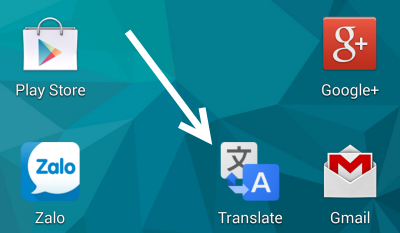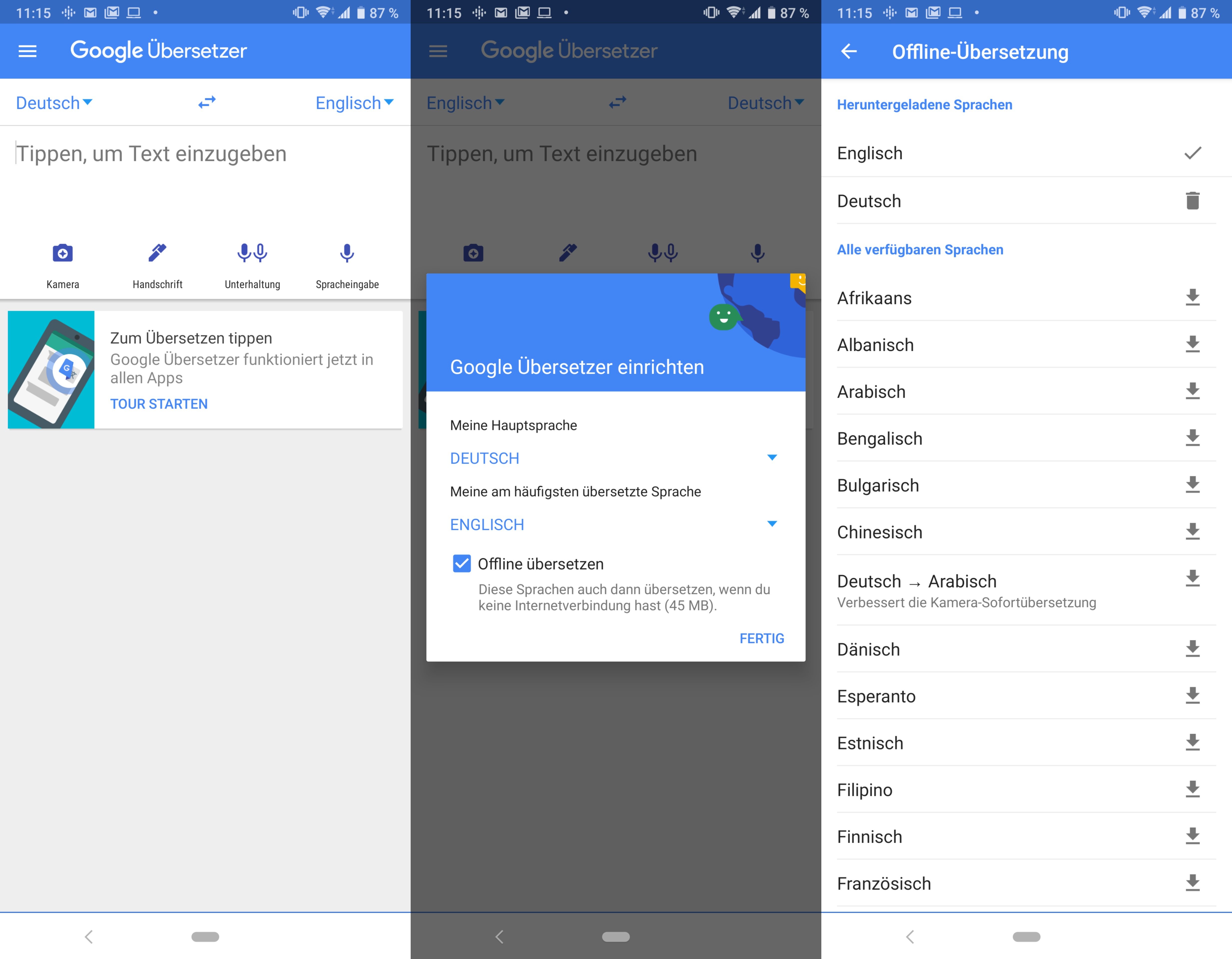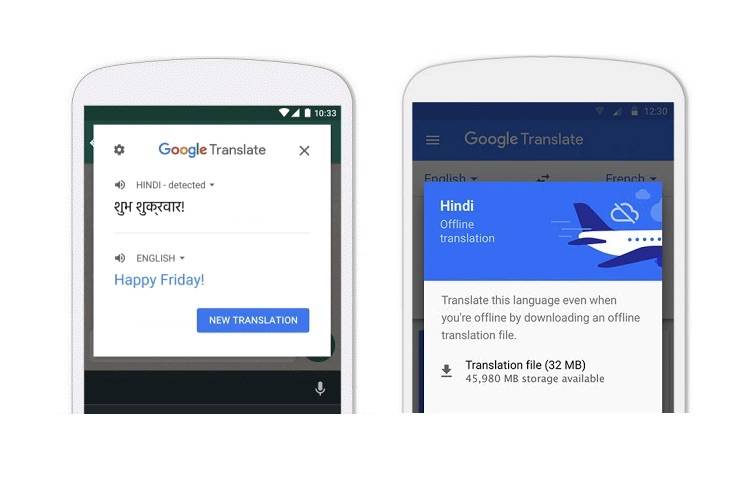


Still, offline translation can be a helpful tool, especially if you’re traveling abroad and need to communicate with someone in another language. The quality of the translations may not be as good as what you’ll get when you’re connected to the Internet, and some features, like automatic language detection, are not available offline. Of course, offline translation is not perfect. Once you’ve done that, you’ll be able to translate even when you’re offline. To use offline translation, you’ll need to download the language packs for the languages you want to translate between. This can be useful in situations where you don’t have access to Wi-Fi or data, or if you’re traveling to an area with spotty coverage. The trained models used by translation service providers are somewhat of a "secret sauce", so it is unlikely these would be made available to developers for free any time soon for use in offline translation, but its completely possible that quality open source or otherwise free translation models will be developed and released by the ML community or third parties.If you’ve ever used the Google Translate app, you may have noticed that there’s an option to turn on “offline translation.” But what does that actually mean? Offline translation is a feature that allows you to use Google Translate without an Internet connection.


For now you'd need to roll your own, for example as you've mentioned using TensorFlow and the sample models. If you're looking for the one perfect Java library for offline, neural based translation that has already been developed and ready to use you'd be out of luck. Mature translation libraries exist in the form of Apache Joshua and Stanford Phrasal, however these are based on statistical rather than neural models. Both Google Translate offline and Microsoft Translator offline exist, but these are implemented as applications and not exposed as a developer accessible client library. There are no web APIs that could operate in offline mode alone, without a client library component providing some offline functionality, since the nature of a web API is that that you are making requests to an external host.


 0 kommentar(er)
0 kommentar(er)
